Honda Paving the Way for Localized Production in US Amid Tariff Changes
Honda $HMC is preparing major changes to its automotive production in response to new tariffs in the United States. With global shifts in geopolitics and trade policies, the Japanese auto giant is adjusting its manufacturing strategy to better align with evolving market conditions. According to sources from Nikkei $^N300 , Honda is exploring the option of moving part of its production from Mexico and Canada to the US. The company’s aim is to produce 90% of the vehicles sold domestically on local soil.
Strategic Realignments and Global Market Pressures
One of the driving forces behind this shift is the decision by former President Donald Trump to impose a 25% tariff on imported vehicles. Such measures pose significant challenges for automakers whose products are largely assembled abroad. Honda, the second-largest automaker in Japan, plans to boost its US production by 30% over the next two to three years. This strategy is designed to mitigate the impact of trade tariffs while capitalizing on the benefits of local manufacturing.
Influential Factors Shaping the Production Shift
- Strengthened tariff pressures on imported vehicles
- Intensifying global competition in the automotive market
- Worldwide trends toward hybrid and environmentally friendly technologies
- Strategic responses by leading competitors in the region

Key Phases in Restructuring Manufacturing Operations
1. Assessing the current landscape and identifying the production segments most affected by the tariff measures.
2. Deciding to relocate parts of the manufacturing process to the US to reduce customs duty costs.
3. Adapting production lines and technologies to meet local market conditions.
4. Launching pilot projects such as the production of the next-generation hybrid Civic in Indiana.
5. Evaluating the effectiveness of these changes and refining the long-term strategy based on market dynamics.
Projections and Insights
Honda’s reorganization of its production network is a natural response to the evolving landscape of global trade and the economic realities in the US. Although official comments from Honda have not been released, credible reports from outlets like Nikkei and Reuters underscore the possibility of significant restructuring. This new strategy may help the company strengthen its position in the American market by balancing global expertise with local advantages.
This strategic transformation reflects a broader trend among leading companies to increase local production in the face of shifting global policies. As the automotive industry navigates these changes, Honda’s approach could serve as an important benchmark for other market players.


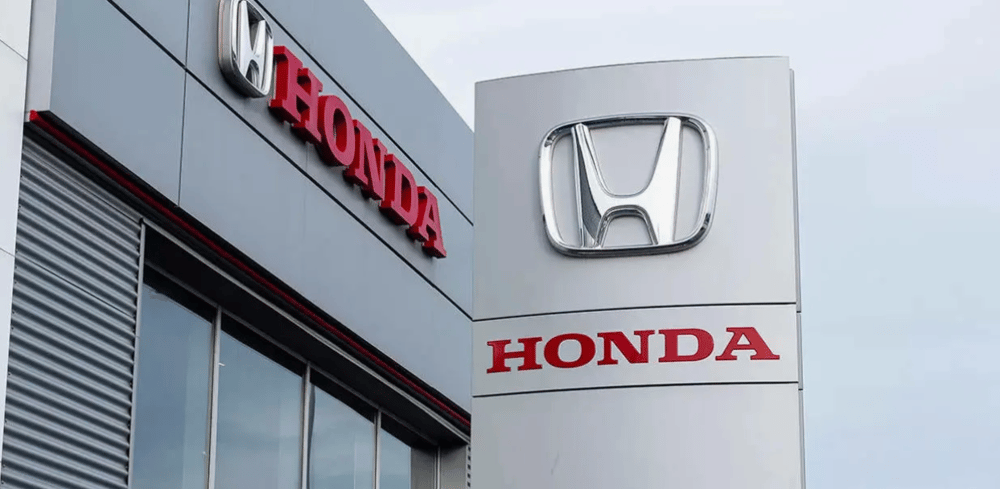






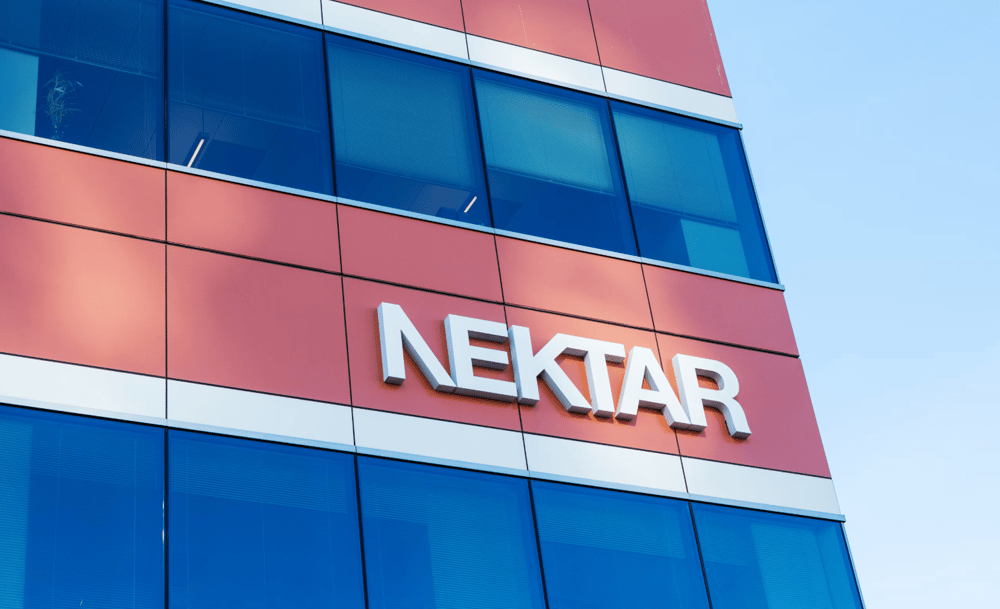
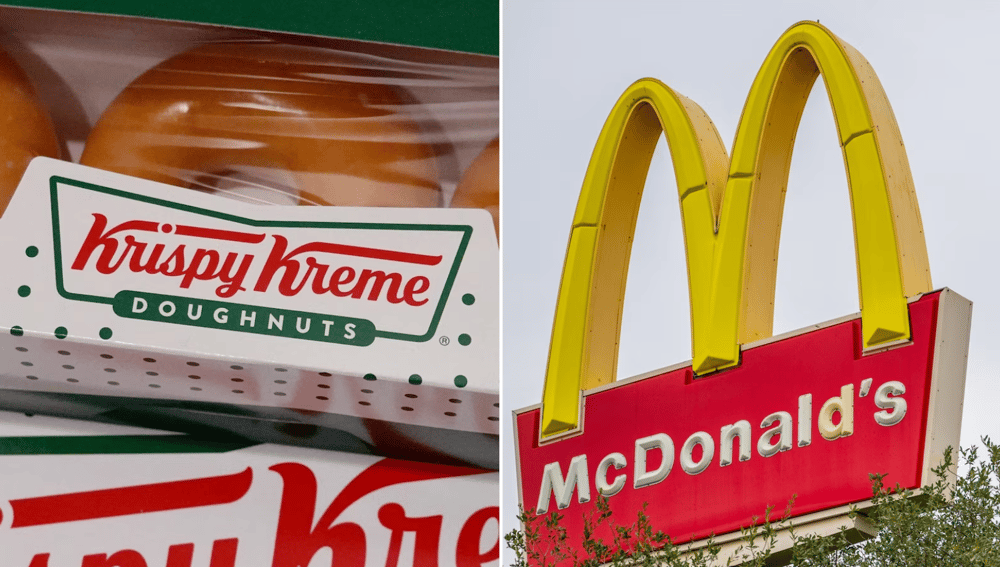
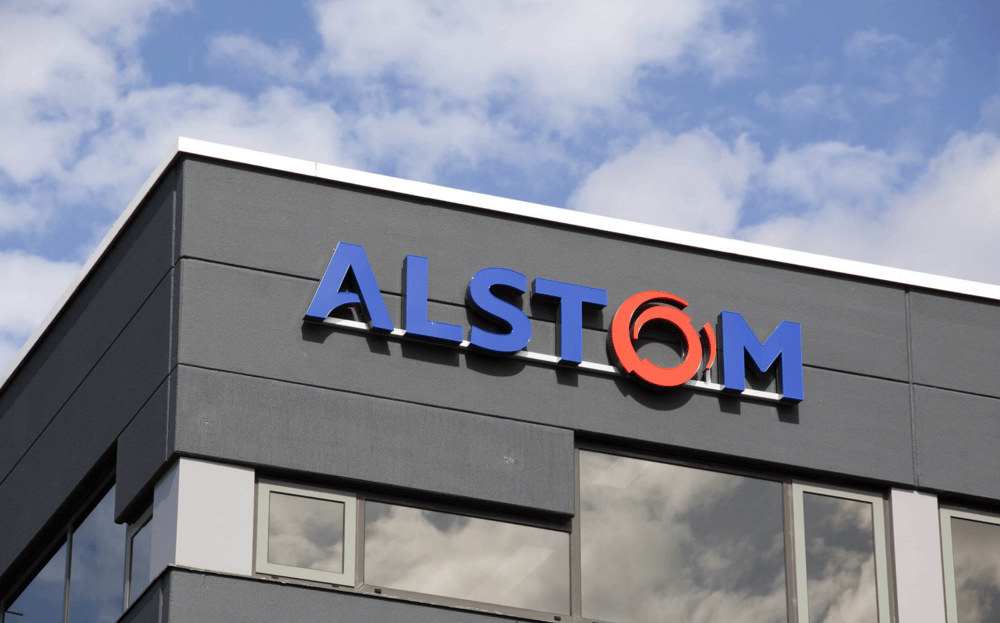

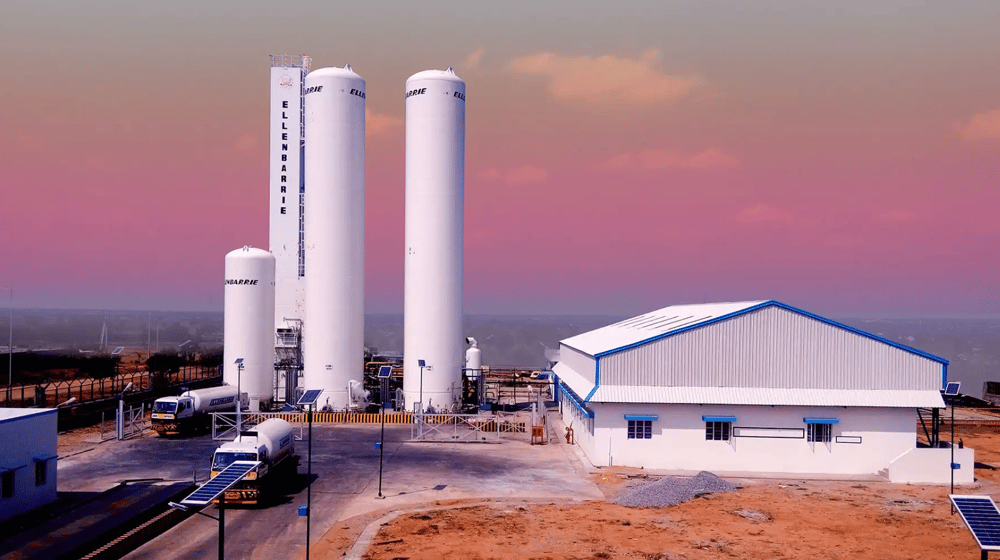

Comments
This milestone may very well shape how automation evolves in the coming years